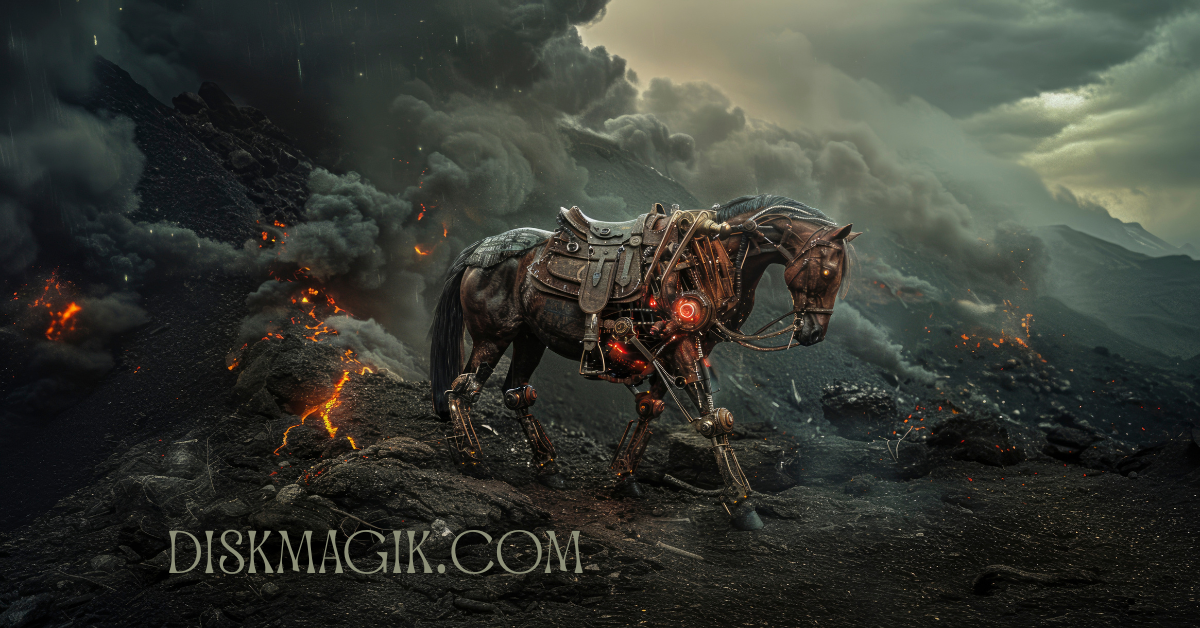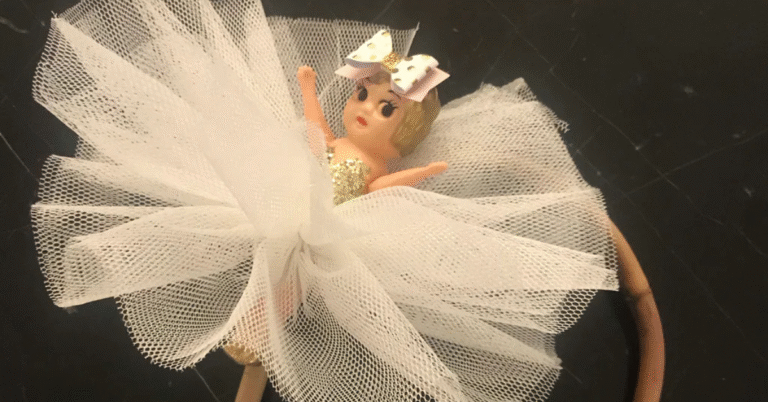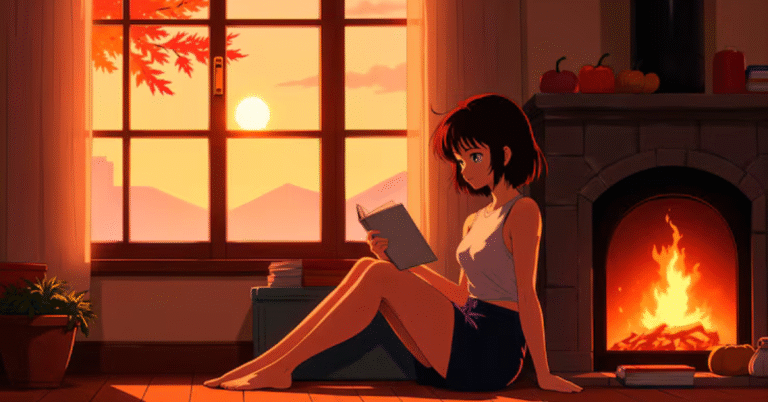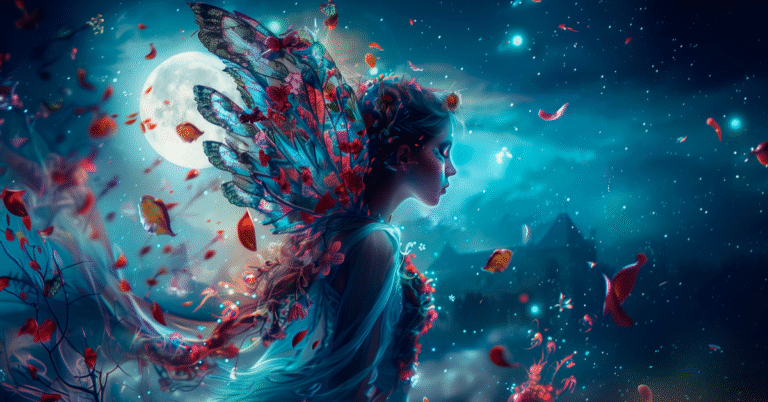Norse Mythology Creatures: Legends of Beasts, Giants, and Gods

Norse Mythology Creatures is replete with fantastic tales of heroes, gods, and titanic conflicts. However, the animals that show up in these mythologies are what really set them apart. Viking beliefs gained mystery and significance from these creatures, which ranged from fearsome undead and magical horses to enormous wolves and world-sized serpents. These entities were not merely terrifying monsters to the Norse people. norse mythology creatures were symbols of nature, chaos, death, and fate. Each one had a story that connected deeply with the lives of the Vikings, who lived in a world full of danger and uncertainty. Whether it was the mighty wolf Fenrir, the huge sea serpent Jörmungandr, or Odin’s special horse Sleipnir, these creatures played important roles in shaping myths that are still remembered today. In this article, we’ll take a closer look at the most famous Norse mythology creatures. We’ll explore their stories, what they represented, and why they are still so fascinating in modern culture.
Fenrir: The Wolf of Destiny
One of the most famous Norse mythology creatures is Fenrir, the giant wolf. He was the son of Loki, the trickster god, and a giantess named Angrboda. From the moment he was born, the gods feared him because of his size and strength. The gods tried to chain Fenrir with strong iron chains, but he broke through them easily. Finally, they asked the dwarves to create a magical rope called Gleipnir, made from strange things like the sound of a cat walking and a woman’s beard. Fenrir agreed to test the rope, but only if one god put a hand in his mouth as a sign of trust. The brave god Tyr volunteered. When Fenrir realized he was trapped, he bit off Tyr’s hand. It is said that during Ragnarök (the end of the world), Fenrir will break free and kill Odin, the chief of the gods. However, Odin’s son Vidar will take revenge and slay Fenrir. The wolf represents chaos, destruction, and the idea that no one can escape fate.
Jörmungandr: The World Serpent
Another terrifying norse mythology creatures is Jörmungandr, also called the Midgard Serpent. He was also a child of Loki and Angrboda. Odin threw him into the sea, where he grew so big that he could wrap around the whole world and bite his own tail. Jörmungandr’s biggest enemy was Thor, the god of thunder. In one story, Thor almost kills the serpent while fishing, but the line was cut before the fight ended. Their final battle happens during Ragnarök, where Thor kills Jörmungandr with his hammer, Mjölnir. Sadly, Thor only takes a few steps before dying from the serpent’s poison. Jörmungandr represents the endless cycle of life and death, as well as the struggle between order (Thor) and chaos (the serpent).
Sleipnir: Odin’s Magical Horse
Not all creatures in Norse myths are monsters. Sleipnir is Odin’s eight-legged horse and one of the most unusual animals in mythology. Sleipnir was born after Loki turned into a mare and gave birth to him. Despite this strange story, Sleipnir became the fastest and most powerful horse in existence. With his eight legs, Sleipnir could run across the sky, the sea, and even into the underworld. Odin used him to travel between realms, making Sleipnir a symbol of power and the connection between life and death. For Vikings, horses were very important in daily life, so Sleipnir showed Odin’s greatness as the All-Father.
Níðhöggr: The Dragon at the Roots
At the base of the great world tree Yggdrasil lived Níðhöggr, a dragon that fed on the tree’s roots. This creature was not as famous as Fenrir or Jörmungandr, but he represented destruction, decay, and the slow end of life. According to myths, a squirrel named Ratatoskr ran between Níðhöggr at the roots and an eagle at the top of the tree, carrying insults between them. This story shows the Norse idea that conflict and struggle exist everywhere—even in nature. At the end of the world, Níðhöggr is said to rise up carrying corpses in his wings, symbolizing death and the final destruction of life.
Draugr: The Undead Guardians
The Draugr were terrifying norse mythology creatures undead beings that left their graves to haunt the living. Unlike mindless zombies, they had strength, intelligence, and the ability to shape-shift. They often guarded treasures buried with them and punished anyone who disturbed their rest. Draugr were said to grow bigger after death, with dark, decaying skin and a terrible smell. Heroes often had to fight them in sagas, showing courage against death and fear. For Vikings, Draugr symbolized dishonor, greed, and the danger of not respecting burial customs. Today, the Draugr still appear in modern culture, especially in video games like Skyrim, keeping their legend alive.
Jotnar: The Giants of Chaos
The Jotnar, or giants, are some of the most important figures in norse mythology creatures. They were not always enemies—sometimes they married gods or helped them—but they mostly represented wild natural forces like fire, ice, and storms. The first giant, Ymir, was killed by Odin and his brothers, and from his body they created the world. Other famous giants include Skadi, the goddess of winter, and Surtr, the fire giant who will destroy the world with flames at Ragnarök. The Jotnar show the balance between gods and nature. They were not purely evil but were necessary to explain the dangers and beauty of the natural world.
Valkyries: Choosers of the Slain
While not monsters, Valkyries are often considered part of the world of Norse mythology creatures. They were beautiful warrior maidens who served Odin. Their role was to ride into battles and choose which warriors would die and be taken to Valhalla, the hall of the slain. Valkyries were symbols of bravery, honor, and destiny. For Viking warriors, dying in battle and being chosen by a Valkyrie was the greatest honor, as it meant fighting forever in Valhalla.
Conclusion about Norse Mythology Creatures
Monsters from norse mythology creatures are more than just stories. They stand for profound concepts related to chaos, death, life, and fate. Every creature, from the powerful Fenrir and Jörmungandr to the honorable Sleipnir and the eerie Draugr, has a lesson to teach us. These animals served as the Vikings’ explanations of nature, death, storms, and the life cycle. As evidenced by the fact that these legends are still as potent today as they were a millennium ago, they may be found in films, video games, and literature. These animals continue to be enduring representations of Norse mythology, whether they be frightful or inspirational.
VISIT: Entertainment
FAQs on Norse Mythology Creatures
Q1: Who is the scariest creature in norse mythology creatures?
During Ragnarök, Fenrir will murder Odin, which makes him the most terrifying.
Q2: What does Jörmungandr symbolize?
The world serpent stands for chaos, infinity, and the cycle of life and death.
Q3: Are Draugr real in Viking belief?
Yes, the Vikings thought that if the undead were not buried correctly, they might come back, hence Draugr was a crucial warning myth.
Q4: Did all giants fight the gods?
Not all the time. While some norse mythology creatures giants fought against the gods, others, like Skadi, enjoyed positive connections with them.
Q5: Do these creatures appear in modern stories?
Indeed, a lot of them can be found in video games, fantasy books, and Marvel’s Thor.






